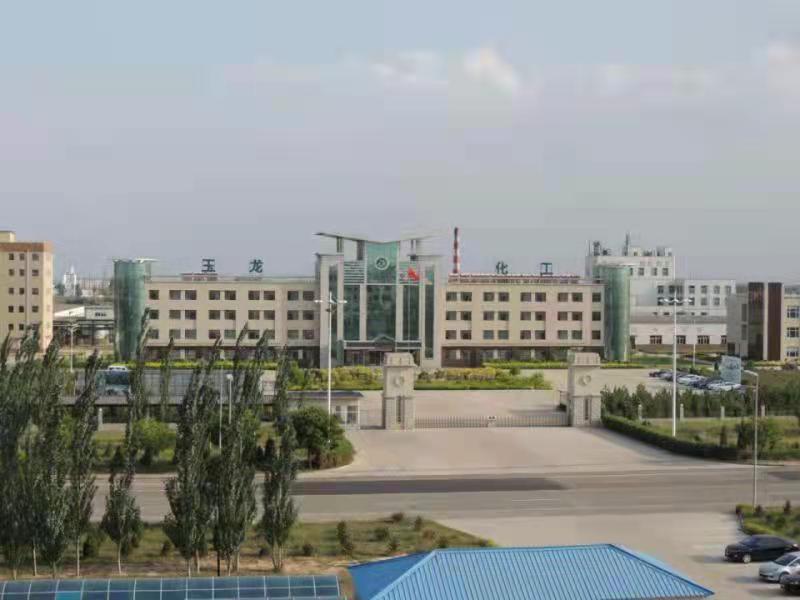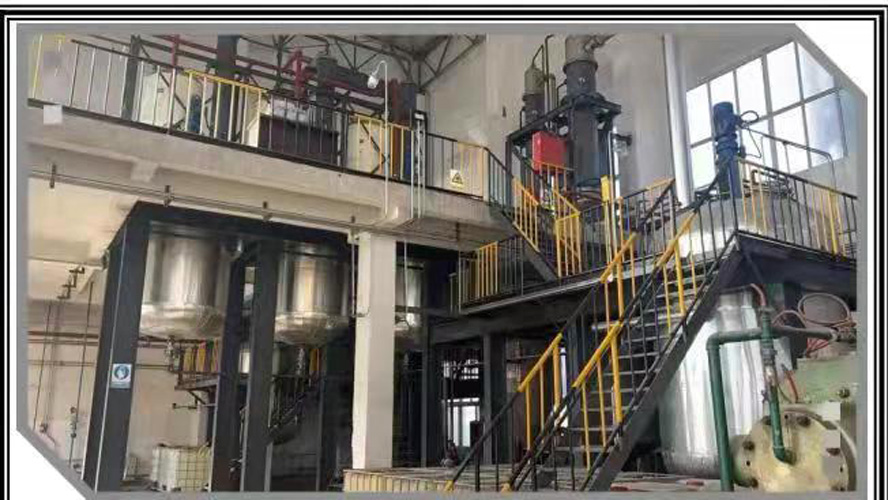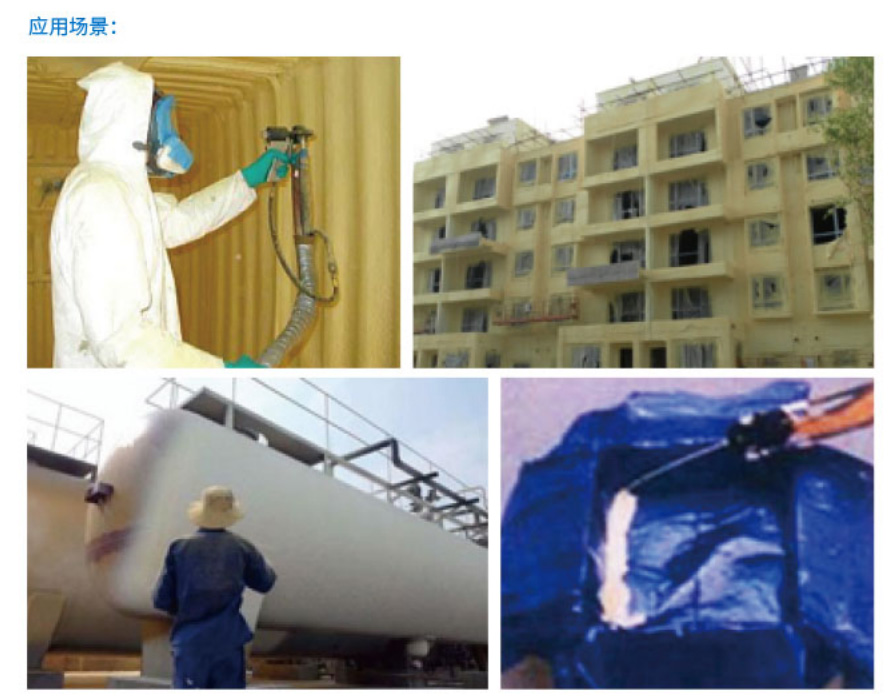The production processes and formulas of several special polyurethane foams
Polyurethane flexible foam refers to a porous or reticulated foam (sponge) material that has a certain elasticity and is relatively soft. Its outstanding properties are softness, good rebound, sound absorption, breathability, heat preservation, buffering, energy absorption, etc. And there are various different characteristics according to different application fields.
Polyurethane flexible foam has been widely used in all aspects of people’s daily life and many industrial fields since Bayer’s polyester flexible foam (sponge) began industrial production in 1952. After more than 60 years of development, The actual domestic production of soft foam is estimated to be more than 3 million tons. Its main product types include shock-proof materials, sound insulation materials, filter materials, thermal insulation materials, packaging materials, decorative materials, clothing materials, etc. In terms of production type classification, polyurethane flexible foam mainly includes: block foam (ordinary sponge), high resilience molded foam, self-skinning foam, slow rebound foam, etc. What I want to introduce below is a special type of polyurethane soft sponge, specific products such as water-friendly (absorbent) foam, non-yellowing foam and microporous sheet sponge; these are also soft polyurethane foam, but they are different from the above-mentioned ordinary polyurethane soft sponges. Compared with high-quality foam, each has its own special properties and applications, and is also an indispensable product in people’s daily life and industrial production. This article introduces the basic raw materials, production processes and formulas of these foams.

First, the production formula and process of hydrophilic polyurethane flexible foam
1. Its basic characteristics: It has a great affinity for water, absorbs water quickly and in a large amount, has high softness (very good hand feel) and good elasticity; the microscopic cells are fine and have a mesh-like open pore structure. In addition, other Excellent bioaffinity and blood compatibility broaden its wide range of applications in cosmetics and medical fields.
2. Current application scope:
The characteristics of hydrophilic polyurethane foam determine that it will have good applications in certain fields,
(1) Nursing and physiological products such as mattresses for bedridden patients and accessories for sanitary napkins,
(2) Medical excipients, surgical excipients (absorbing blood is similar to cotton wool),
(3) Trauma dressing accessories, such as band-aids and other medical anti-inflammatory supplies
(4) Daily cleaning blocks, bathing blocks, etc.,
(5) Makeup and care products, such as powder puffs, etc.
(6) Absorption processing materials in special fields.
Polyurethane soft hydrophilic (absorbent) foam is mainly hydrophilic because its molecular chain itself has a segment structure containing ethylene oxide and similar segments; polyester polyols and polyether polyols only contain these or similar hydrophilic segments Up to a certain level, water-absorbent foam products can be made.
In terms of materials, there are polyether type and polyester type. The appropriate production method and raw materials are selected based on the application and specific requirements of the product.
3. Basic raw materials: the most commonly used ones mainly include the following types,

(1). The polyol part is mainly polyether polyol, that is, polyether polyol with high EO content. Generally, the content is required to reach more than 50%. Both random and block copolymerization are possible. In actual production, there is no random copolymer. More, the functionality is generally 2-3, the molecular weight is generally 1000-8000, and the most commonly used is 2000-6000.
(2), polyethylene glycol (PEG), molecular weight 1000-6000, most commonly used 1000-4000
(3), polyester polyol, adipic acid series, polyol with high oxyethylene structure, functionality 2-2.3, molecular weight 1000-2000
(4), small molecule polyols (chain extenders or cross-linking agents), commonly used include ethylene glycol, diethylene glycol, triethylene glycol, glycerin, TMP, etc.
(5), Isocyanate: The isocyanate raw material part here includes two types
TDI-100, TDI-80, HDI, IPDI, HMDI
(6), other additives
Surfactant: silicone oil series: L-580, Y10366, B8715, B-8123, etc.,
Foaming agent: mainly�,
Catalyst: Organotin, commonly used such as T-9, T-12, T-120, organic amines, such as A-33, pentamethyldiethylenetriamine, diazabicyclo (2,2, 2) Octane, etc.
Hydrophilic resin: such as polyacrylates, hydroxycellulose, etc.
6. Basic production methods
There are currently two main process methods that have been industrialized or are being developed. One is the one-step method (the same as the production method of ordinary PU foam), and the other is the two-step method, the prepolymer method.
Here is a brief introduction to the basic process of the polyether two-step method (Dow Chemical already has a variety of brands of this type of prepolymer that are fully promoted in the international market, with NCO% content ranging from 3% to 13%)
Typical two-step method:
(1) Basic formula for prepolymer synthesis
Polyether polyol 0-100
Small molecular polyols 0-10
Catalyst 0.2-0.6
TDI 20-50 (for non-yellowing, HDI, IPDI, HMDI, etc. can be used)
NCO% 3-14%
(2) Key points of prepolymer synthesis
(a). The polyol part must be dehydrated in advance at a high temperature of 120°C and under a vacuum of less than 0.05%,
(b) Low reactive isocyanate needs catalysis to promote the reaction process,
(c). The reaction temperature should generally not be lower than 80°C,
(d). The viscosity is best controlled below 8000 mpa.s/25℃,
(e). For different aliphatic isocyanates with different activities, the process conditions need to be adjusted.
(f). Foam made with HMDI prepolymer is relatively hard, has reduced water absorption performance, and has a highly open-cell structure.
(2) Foam foaming formula
Prepolymer 100
Water 10 or more (adjust as required)
Silicone oil L580 0.5-2.0
Polyether or polyol 0-30
Other additives 2-7
(3), key points of manual foaming process
The stirring speed is 3000-5000 rpm, the stirring time is 4-8 seconds, and the temperature is controlled at 25-70°C.
(4), pouring machine foaming requirements
The metering gear pump requires high precision, the stirring speed is not less than 5000 rpm (the production sheet is generally 2-5mm thick, 500mm wide), the production line requires a drying tunnel of generally 15-30 meters, and the release paper can be repeated use many times.
Foam has an open-cell structure, with a pore diameter of approximately 120-250 microns, and a common density range of 100-200 (kg/m3).
7. Basic physical properties of polyether hydrophilic foam
(1) Water absorption performance
Polyether-type water-absorbent foam has an obvious flaw, which is that its strength drops significantly after absorbing water.
For PEG, usually the molecular weight increases and the water absorption increases. It is appropriate to choose a molecular weight of 1000-4000, otherwise the viscosity will be too high.